15 Rare and Highly Sought-After Victorian Furniture Pieces
Victorian furniture is known for its timeless elegance and intricate craftsmanship, making it highly sought after by collectors and antique enthusiasts. These pieces are more than just functional; they are works of art that reflect the opulence of the Victorian era. From ornate wood carvings to plush upholstery, Victorian furniture adds a touch of luxury to any room. Many of these items have stood the test of time, maintaining their value and appeal. As the demand for rare and well-preserved pieces continues to grow, prices for Victorian furniture have skyrocketed. Whether you are an antique collector or someone looking to add vintage charm to your home, these iconic pieces are always in high demand.
This post may contain affiliate links, which helps keep this content free. Please read our disclosure for more info.
Victorian Chesterfield Sofa
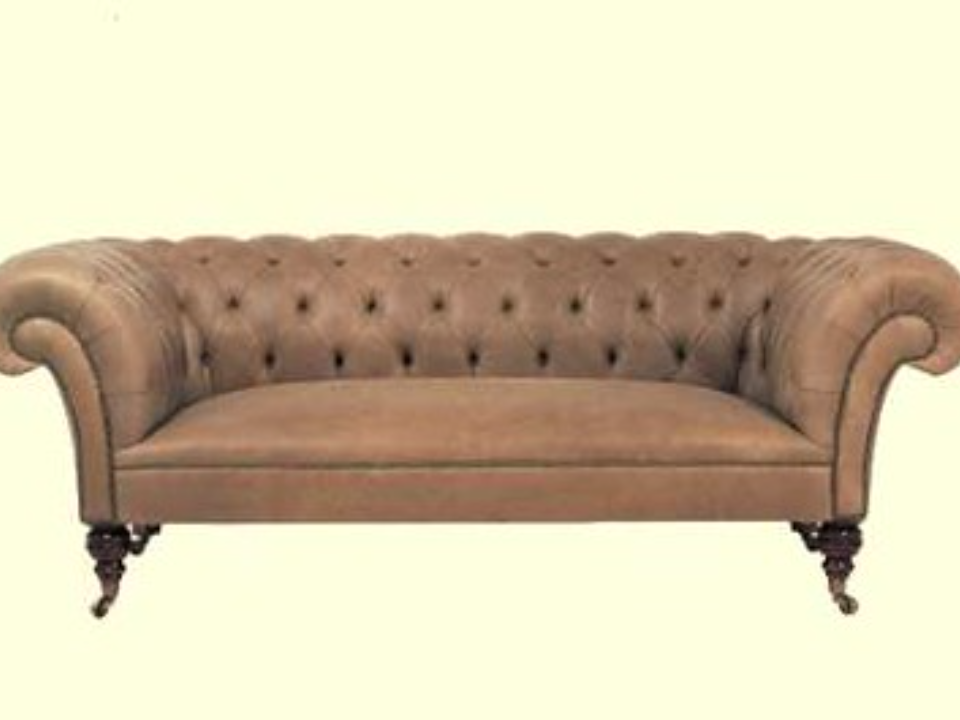
The Victorian Chesterfield sofa is one of the most iconic pieces of furniture from the Victorian era. Known for its deep button-tufted upholstery and rolled arms, this piece has been highly sought after by collectors for decades. The luxurious design combined with its historical significance makes it a staple in high-end antique collections. Many of these sofas were made from fine leather or rich velvet fabrics, showcasing the opulence of the time.
Due to its timeless design and craftsmanship, the Victorian Chesterfield has remained relevant in both traditional and modern interiors. The rarity of original pieces and the cost of restoration have made these sofas quite expensive. The market value for a well-preserved Victorian Chesterfield sofa can range from $2,000 to $8,000 depending on the material and condition.
Victorian Etagere
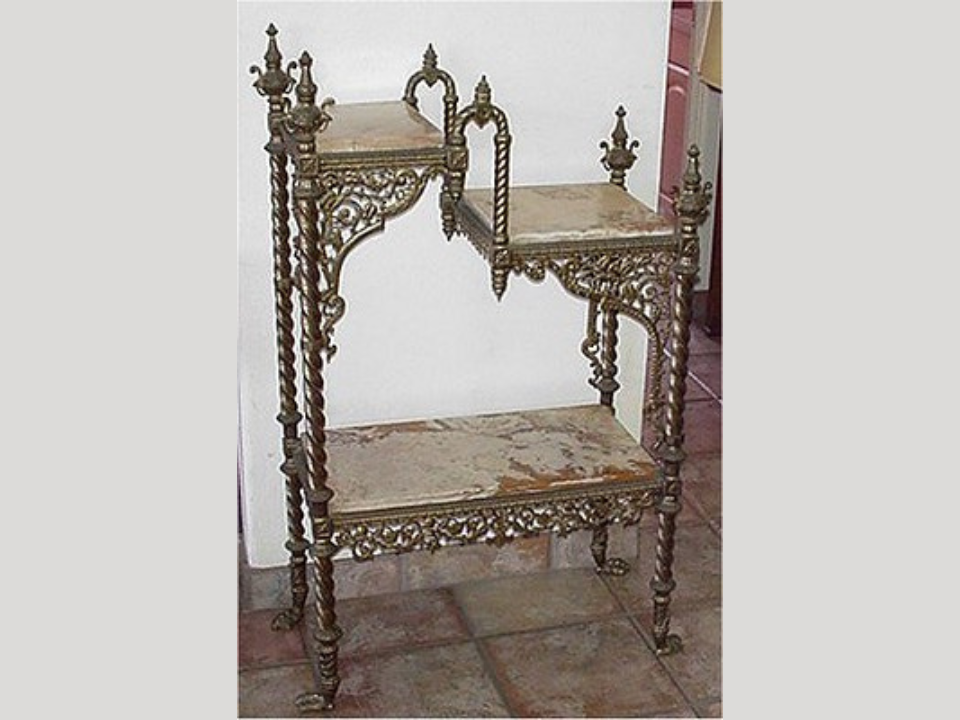
The Victorian Etagere is a decorative shelving unit that gained popularity during the Victorian period. Often made of dark wood like mahogany or walnut, these pieces were adorned with intricate carvings and ornate detailing. The etageres were not only functional but also served as statement pieces in a room, showcasing fine porcelain, vases, and other trinkets.
Crafted by skilled artisans, the design of each piece was meticulously planned, with elaborate designs on the sides and tops. Due to the time and craftsmanship required, genuine Victorian etageres are rare and highly valued today. The current market price for an authentic Victorian Etagere ranges from $1,500 to $5,000, depending on the craftsmanship and condition of the wood.
Victorian Armchair
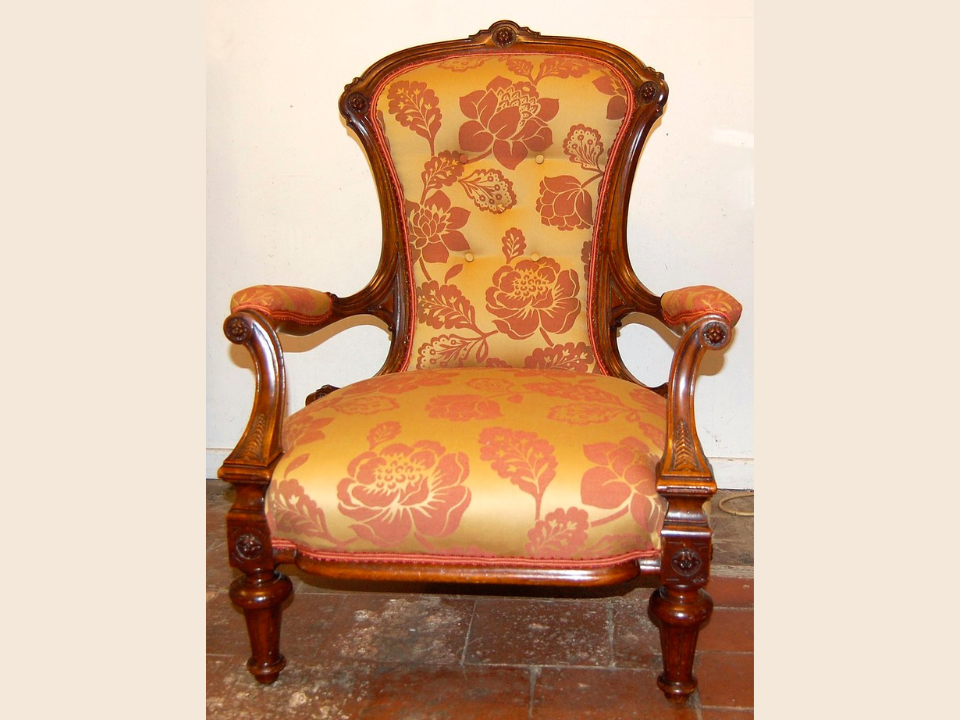
A Victorian armchair is a symbol of comfort and luxury, featuring elegant designs and exquisite materials. These chairs often have curved wooden legs, detailed carvings, and plush upholstery, making them highly desirable for collectors and enthusiasts. Many Victorian armchairs were crafted using high-quality materials such as rosewood, walnut, or mahogany.
The upholstery was often done in luxurious fabrics such as velvet or damask, making them suitable for the wealthy families of the era. With their ornate design and historical importance, Victorian armchairs are still sought after in the antique market. The price range for these armchairs varies from $800 to $3,000 based on material quality, design, and condition.
Victorian Dining Table
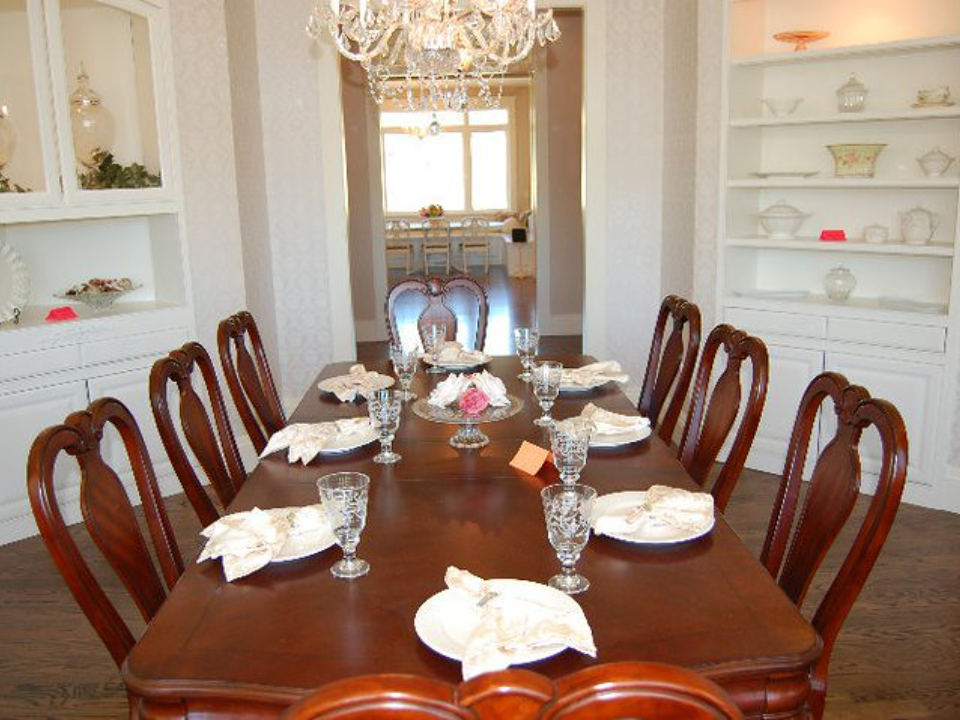
Victorian dining tables are known for their impressive size and intricate woodwork. The tables from this period were often made from solid hardwoods, including mahogany, oak, and walnut. The craftsmanship and durability make them ideal for large gatherings, which were common during the Victorian era. Many Victorian dining tables feature elegant carvings along the edges and legs, reflecting the ornate style of the period.
With their history and durability, these tables remain in high demand. They are a perfect blend of form and function, offering both beauty and utility. A Victorian dining table in excellent condition can range from $3,000 to $10,000, with some of the rarest pieces exceeding this price range.
Victorian Parlor Chair
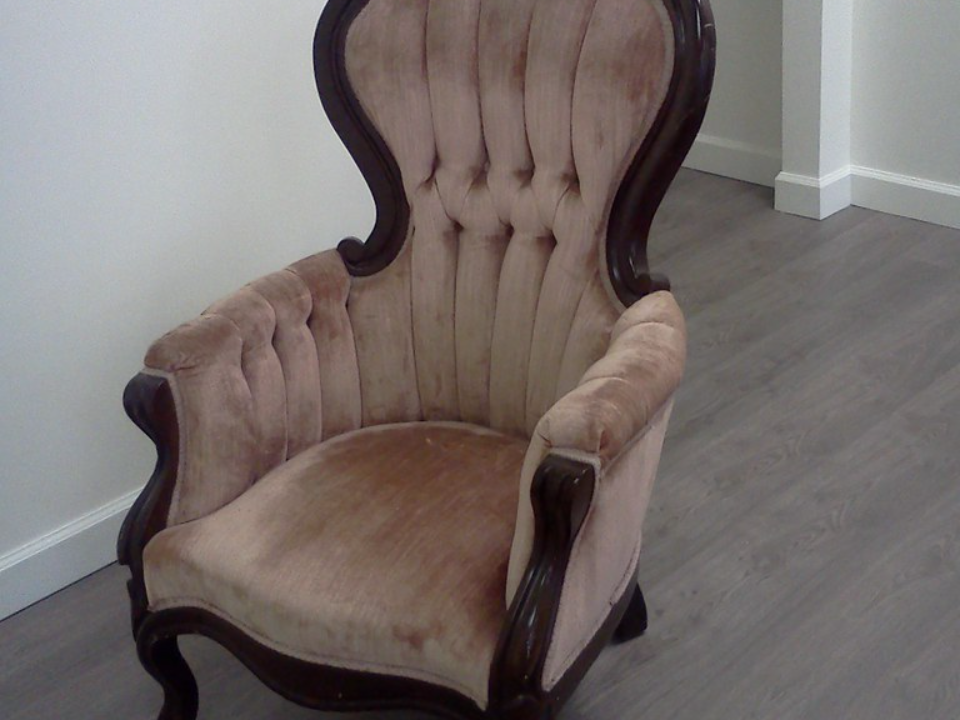
Victorian parlor chairs were often the focal point in the parlors and living rooms of the time. These chairs are recognized for their curved backs, plush seating, and ornate wooden frames. They were typically made from dark woods like mahogany, walnut, or rosewood, and were upholstered with luxurious fabrics such as velvet, brocade, or leather.
These chairs were not just functional; they were symbols of social status, showcasing the wealth and taste of the owners. Parlor chairs are still highly prized today, especially those in original condition with intact upholstery. The market value for these chairs ranges between $1,200 and $3,500 depending on the craftsmanship and upholstery quality.
Victorian Bedstead
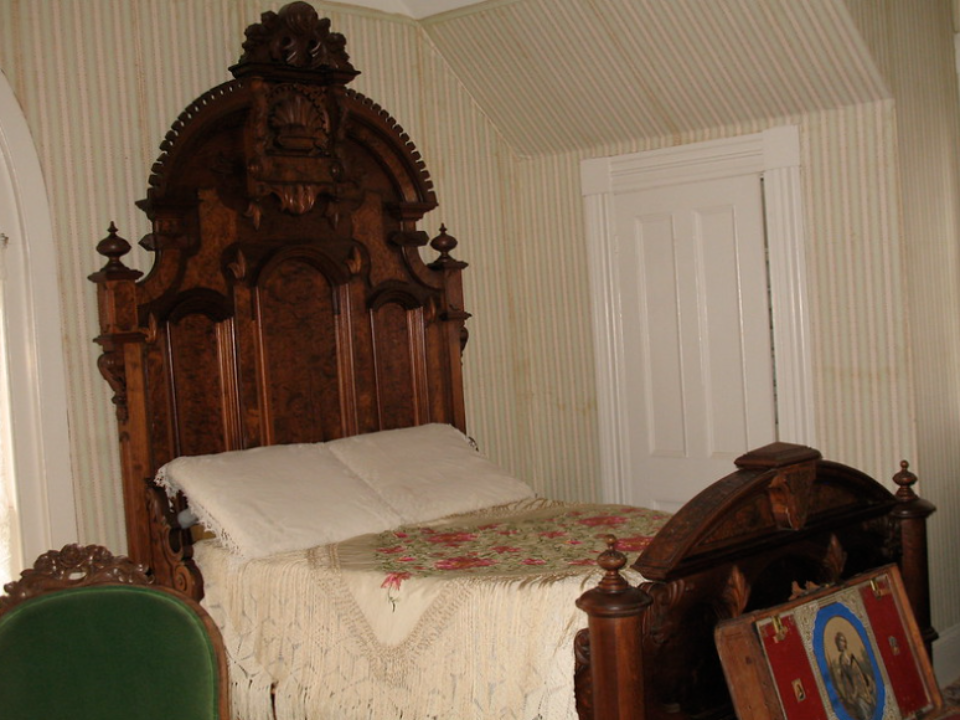
A Victorian bedstead represents the height of luxury in bedroom furniture. These beds were often made of heavy woods such as oak or mahogany and featured ornate carvings along the headboards and footboards. The intricate details and elegant design made them standout pieces in any bedroom. Some Victorian bedsteads also featured brass or metal accents, which added a touch of elegance to their grand appearance.
Victorian bedsteads were typically designed for larger bedrooms, reflecting the wealth of the owners. Restoring a bedstead to its original splendor can be quite expensive, which is why these pieces retain a high market value. Depending on the wood, condition, and craftsmanship, a Victorian bedstead can range from $2,000 to $8,000.
Victorian Writing Desk
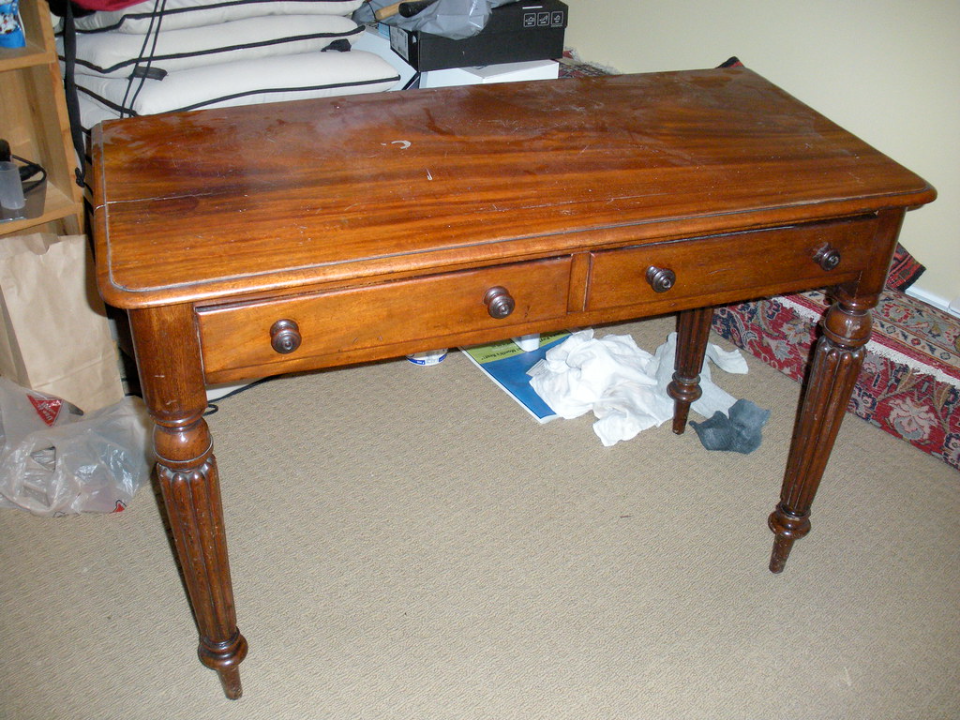
The Victorian writing desk is a sophisticated and functional piece of furniture that was an essential part of many Victorian homes. These desks were often made from mahogany or walnut and featured detailed carvings, inlays, and elegant hardware. They were designed to be both practical and decorative, with ample storage for writing materials and documents.
A well-preserved Victorian writing desk can serve as both a functional piece and a historical artifact. Collectors often seek these desks for their beauty and craftsmanship, making them a sought-after item in the antique market. The value of a Victorian writing desk can range from $1,500 to $6,000, depending on its size, material, and condition.
Victorian Fireplace Surround
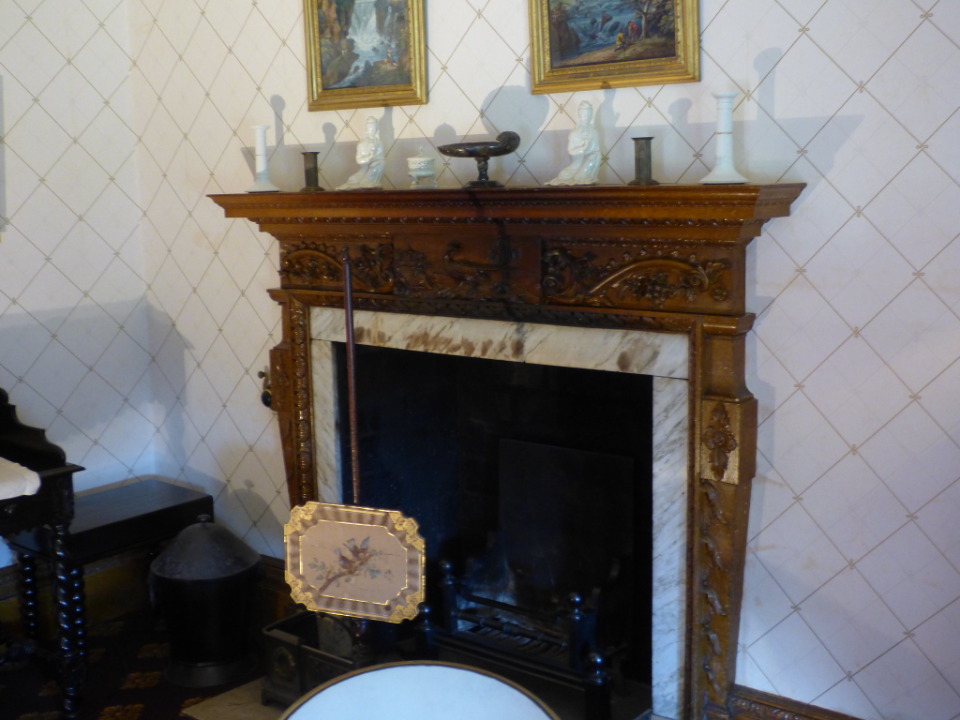
Victorian fireplace surrounds are among the most sought-after architectural elements in the antique market. These surrounds were made from a variety of materials, including marble, wood, and cast iron, often featuring intricate designs that reflect the grandeur of the period. Many feature carved wood details, while others were constructed from beautifully patterned tiles or elaborate metalwork.
A Victorian fireplace surround can serve as both a functional and ornamental piece in a home. Due to their craftsmanship and age, these pieces have become highly collectible. The price for a Victorian fireplace surround ranges between $2,000 and $6,000, depending on the material and detail.
Victorian Dresser
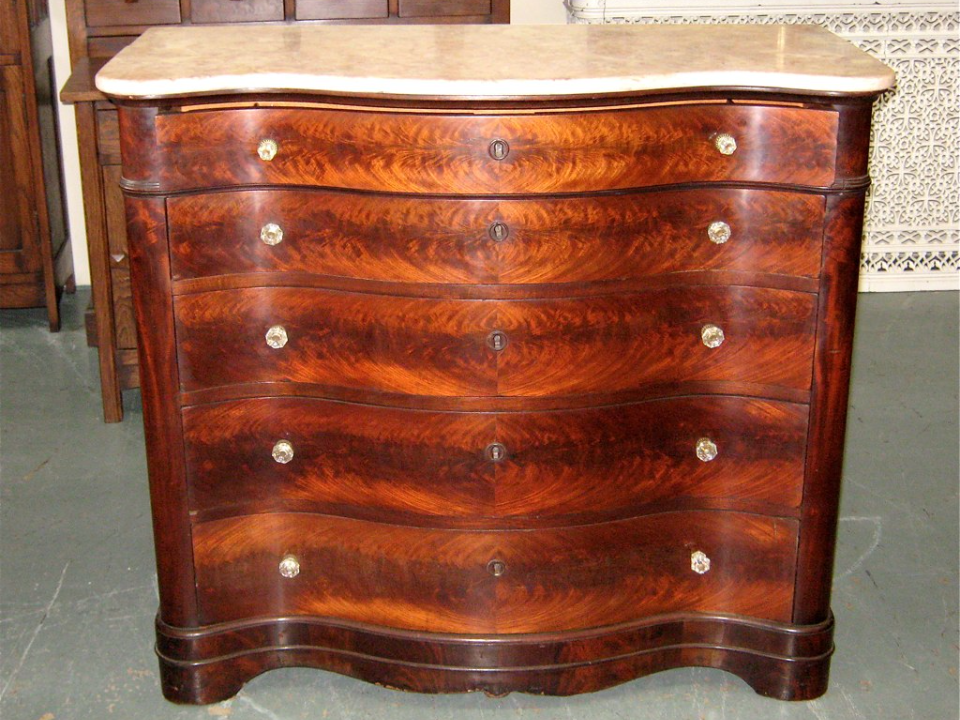
Victorian dressers were essential pieces in the homes of the time, offering both style and function. These dressers were typically made from rich, dark woods such as mahogany and oak. Many featured detailed carvings, intricate inlays, and ornamental hardware, making them visually stunning as well as practical.
These pieces were designed to store clothing and accessories, and their size made them a perfect fit for large Victorian bedrooms. The design and craftsmanship of Victorian dressers have ensured their place in high-end antique collections. Prices for these dressers can range from $1,500 to $5,000, with rare or large pieces reaching higher values.
Victorian Chaise Lounge
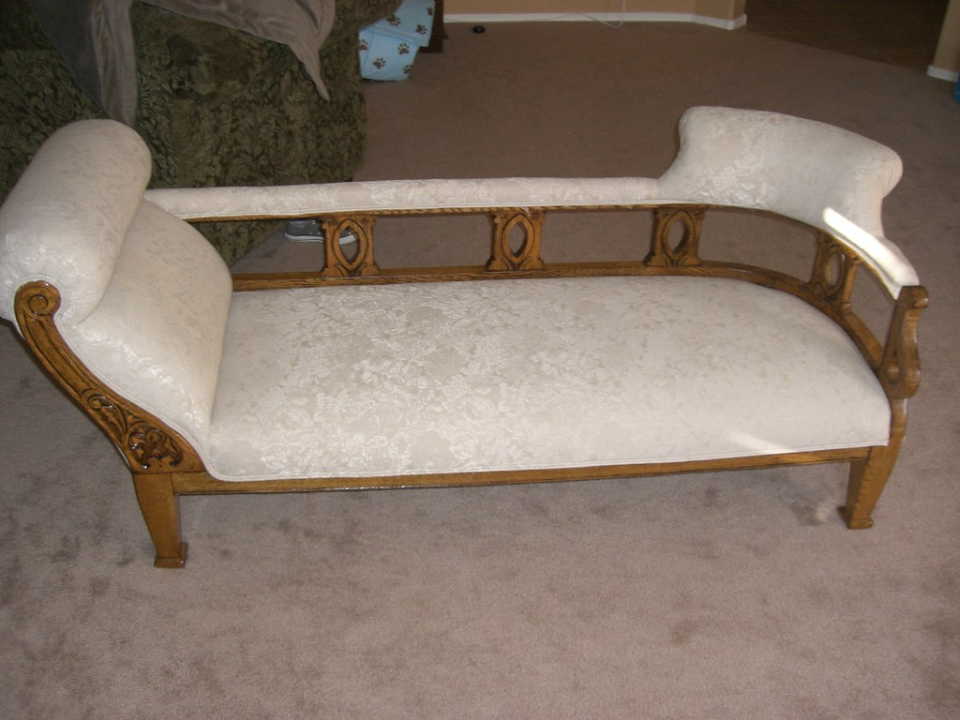
A Victorian chaise lounge is a luxurious and stylish piece of furniture that blends both comfort and elegance. These lounges were often made with finely crafted wood frames and were upholstered in plush fabrics such as velvet, silk, or satin. The curved lines of the chaise made it both a comfortable and decorative piece that became popular in the parlors of the time.
Chaise lounges from the Victorian period are highly prized for their ornate design and the elegance they add to any room. The rarity of these pieces, combined with the craftsmanship, contributes to their high market value. Depending on the condition and material, the price of a Victorian chaise lounge can vary from $2,000 to $7,000.
Victorian Sideboard
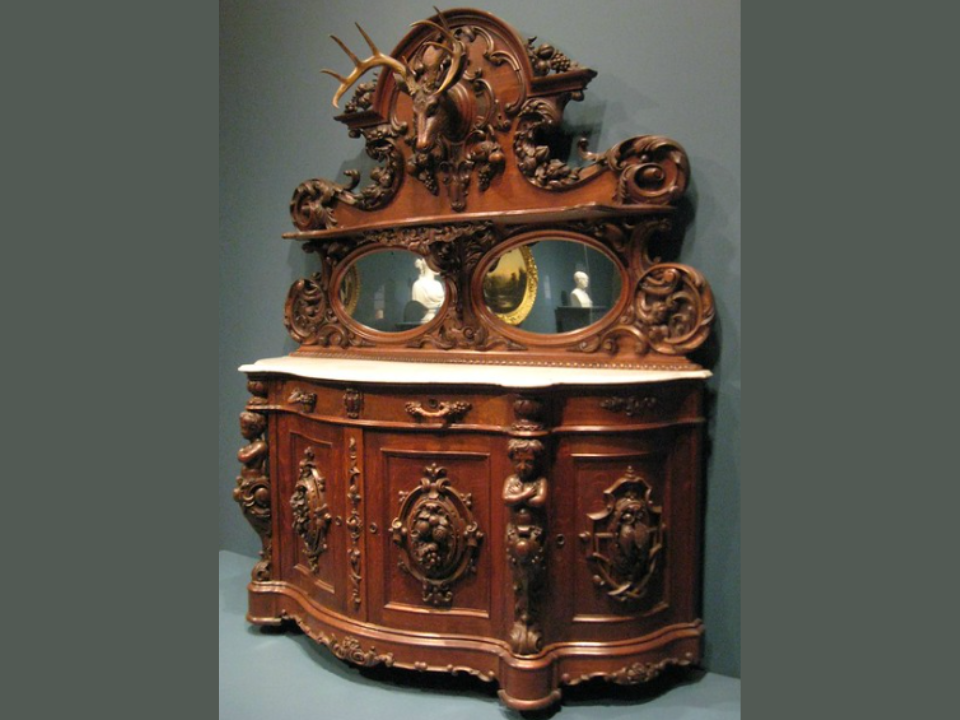
Victorian sideboards were typically used in dining rooms for storing and displaying fine china, silverware, and other decorative items. These pieces were made from rich woods such as oak, mahogany, or walnut and often featured detailed carvings, mirrored backs, and elegant hardware. Sideboards were often the centerpiece of Victorian dining rooms, showcasing the wealth and taste of the owners.
The intricate craftsmanship and functionality of the Victorian sideboard make it a valuable collector’s item today. The price range for these pieces can vary from $2,000 to $8,000, depending on the wood and condition of the piece.
Victorian Washstand
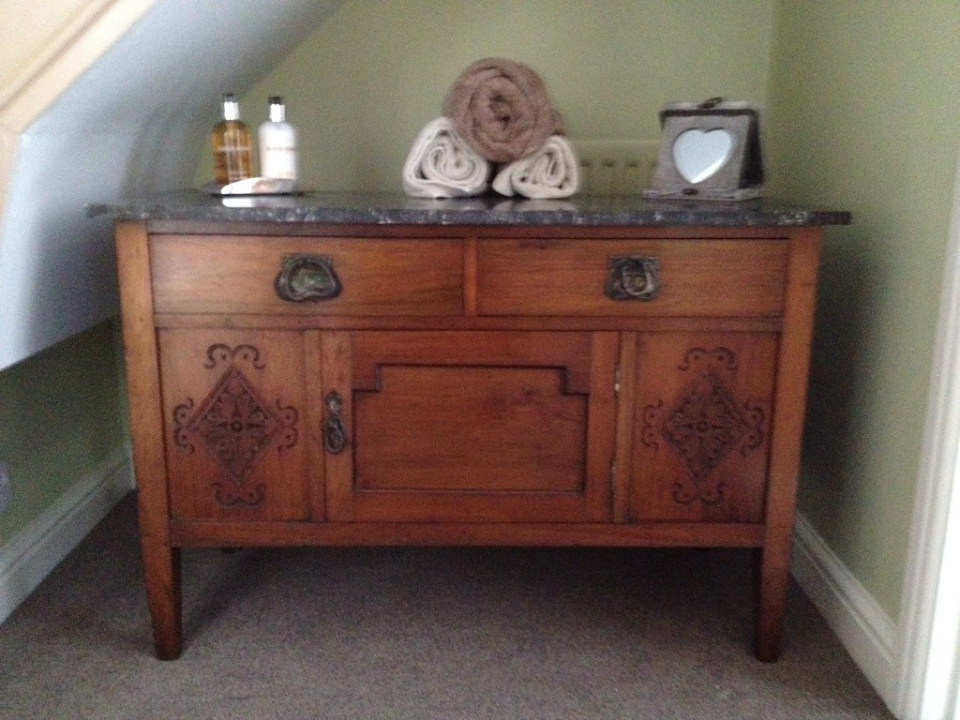
A Victorian washstand was a staple in many homes during the 19th century. These pieces typically included a marble or wooden top with a basin for washing and often had storage for towels and toiletries. The washstands were made from high-quality wood, often featuring detailed carvings and elegant hardware.
In the Victorian era, the washstand was an essential part of personal hygiene and was often placed in the bedroom or a private bathroom. Collectors highly value original washstands, especially those made with marble or rare wood types. Depending on condition and material, a Victorian washstand can be worth anywhere between $1,500 and $4,000.
Victorian Rocking Chair
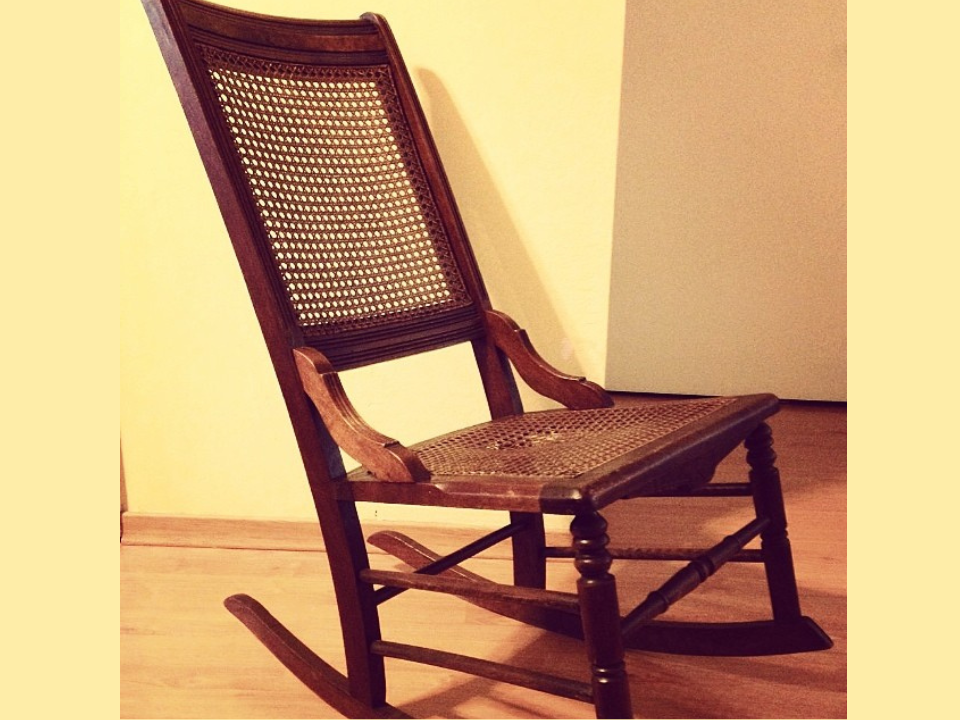
The Victorian rocking chair is a comfortable and ornamental piece of furniture. Known for its elegant carved wood designs, the rocking chair is both functional and decorative. It was often made from rosewood, walnut, or oak and featured plush upholstery, making it ideal for relaxing in Victorian parlors.
These chairs are still in high demand due to their unique design and historical significance. The value of a Victorian rocking chair ranges from $1,000 to $3,500 depending on the quality of the wood, the condition of the upholstery, and the intricacy of the carvings.
Victorian Cabinet
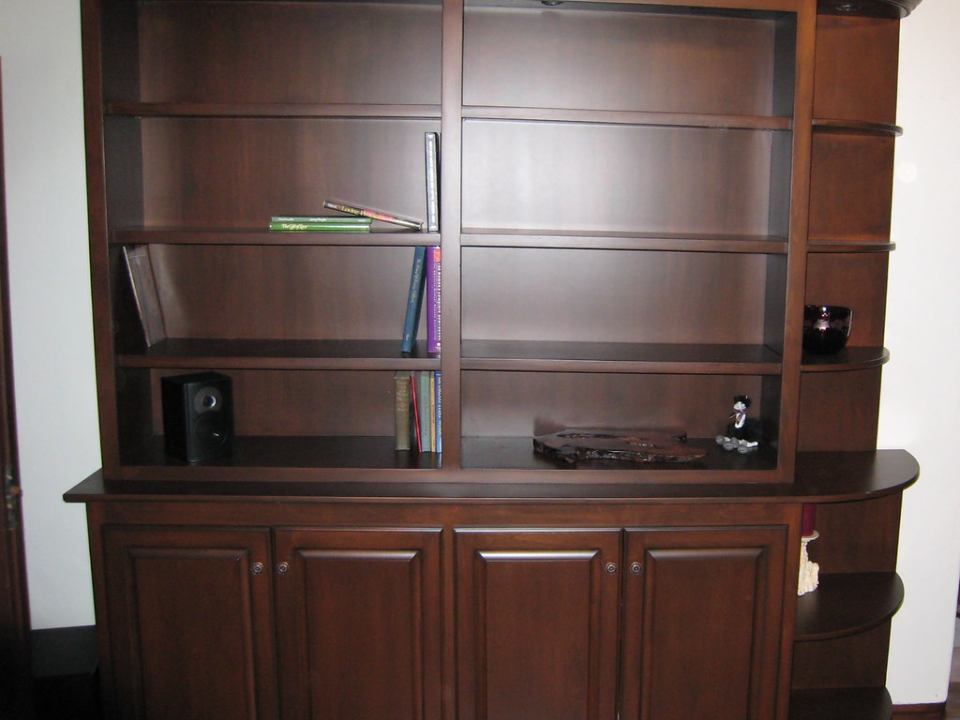
Victorian cabinets were used to store valuable items, display collectibles, and serve as decorative furniture pieces. Made from luxurious woods such as mahogany and walnut, these cabinets featured intricate carvings, mirrors, and stained glass. Many of them included ornate glass doors and shelves, allowing the owners to display fine china or crystal glassware.
As these cabinets were made by skilled craftsmen, they are still highly valued by collectors today. The price of a Victorian cabinet can vary between $2,000 and $6,000, depending on the materials used and the level of craftsmanship.
Victorian Library Chair
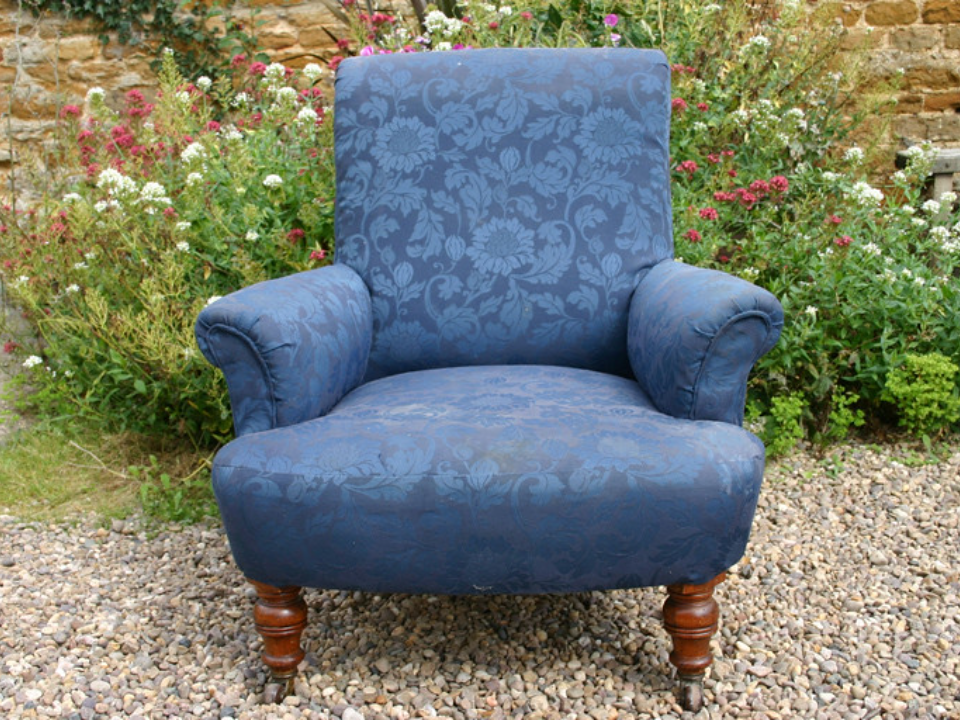
Victorian library chairs are a perfect example of the blend between comfort and elegance. These chairs were often made from high-quality wood such as rosewood, walnut, or oak, and featured plush upholstery in fabrics like velvet or brocade. They were designed to be comfortable for long periods of sitting, making them ideal for use in libraries or study rooms.
Today, Victorian library chairs are highly sought after by collectors who appreciate their timeless design and functionality. The price of these chairs typically ranges from $1,500 to $4,000, depending on the condition and type of wood used.
This article originally appeared on Avocadu.
